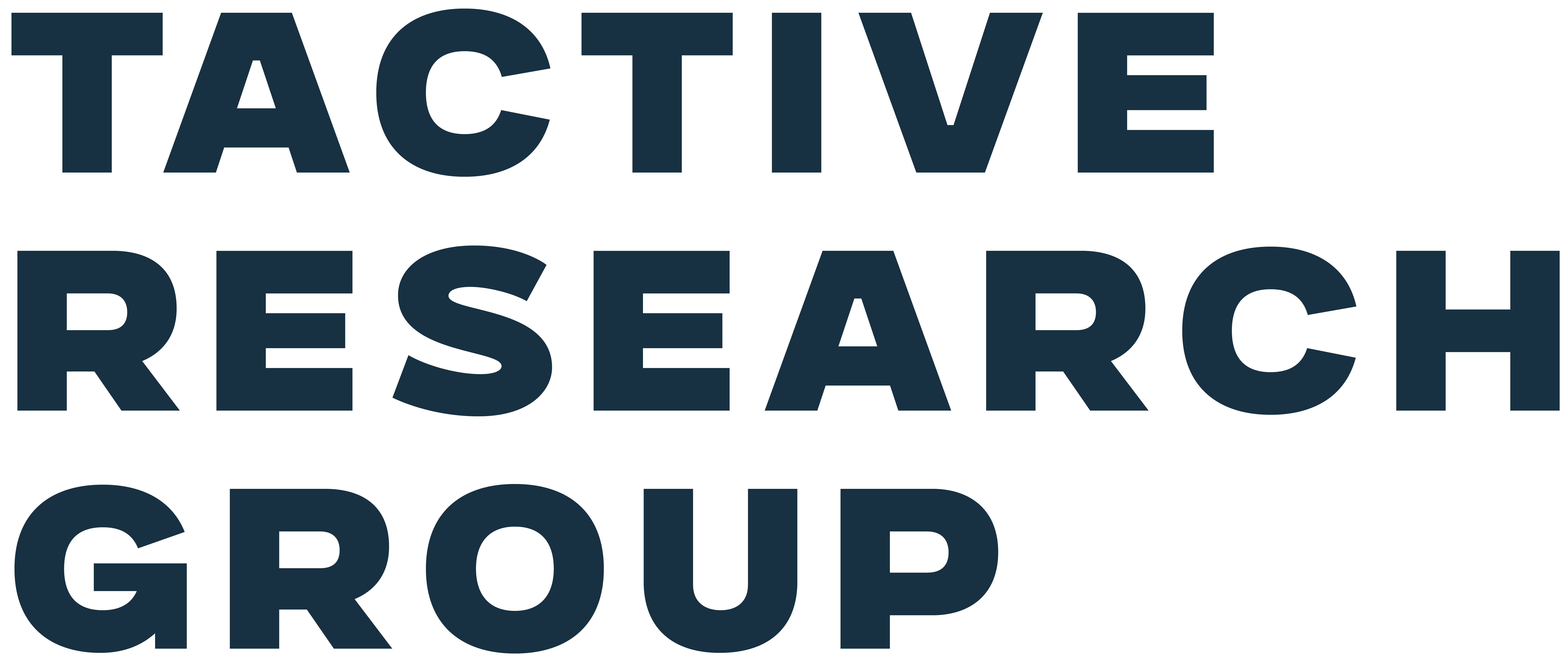Neuromorphic computing is no longer just a research novelty—it's a strategic imperative for CIOs aiming to future-proof AI operations. With AI energy demands projected to escalate, integrating neuromorphic systems offers a path to reduced energy consumption, lower operational costs, and enhanced sustainability. Early engagement with this technology could provide a competitive edge in the evolving AI landscape.
Why You Should Care
- Escalating energy costs. Training large AI models and other related factors have led to a rise in energy consumption. Traditional hardware improvements are insufficient to curb this trend, making energy-efficient alternatives crucial.
- Neuromorphic efficiency. Neuromorphic computing mimics the human brain's architecture, integrating memory and processing units. This design reduces data transfer bottlenecks and enhances energy efficiency, offering a promising solution to AI's growing energy demands.
- Vendor landscape. Companies like SpiNNcloud, GrAI Matter Labs, and Innatera are pioneering neuromorphic hardware. GrAI Matter Labs and Innatera focus on edge systems, while SpiNNcloud focuses on large systems.
What You Should Do Next
- Assess current AI applications to identify areas where neuromorphic computing could enhance efficiency.
- Initiate discussions with neuromorphic hardware providers to understand their offerings and potential integration pathways.
- Monitor market trends to stay informed about advancements in neuromorphic computing to anticipate future developments and opportunities.
Get Started
- Conduct a feasibility study. Analyze existing AI models to determine compatibility with neuromorphic architectures.
- Pilot integration. Implement a small-scale pilot project to test the integration of neuromorphic hardware in a controlled environment.
- Collaborate with research institutions. Partner with academic and research organizations to stay at the forefront of neuromorphic computing developments.

